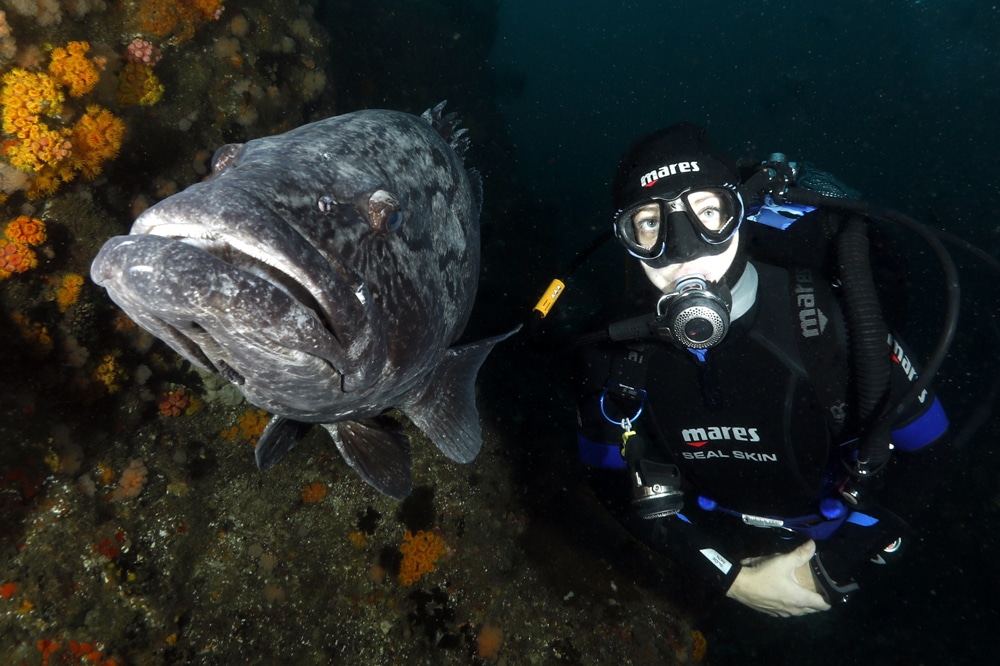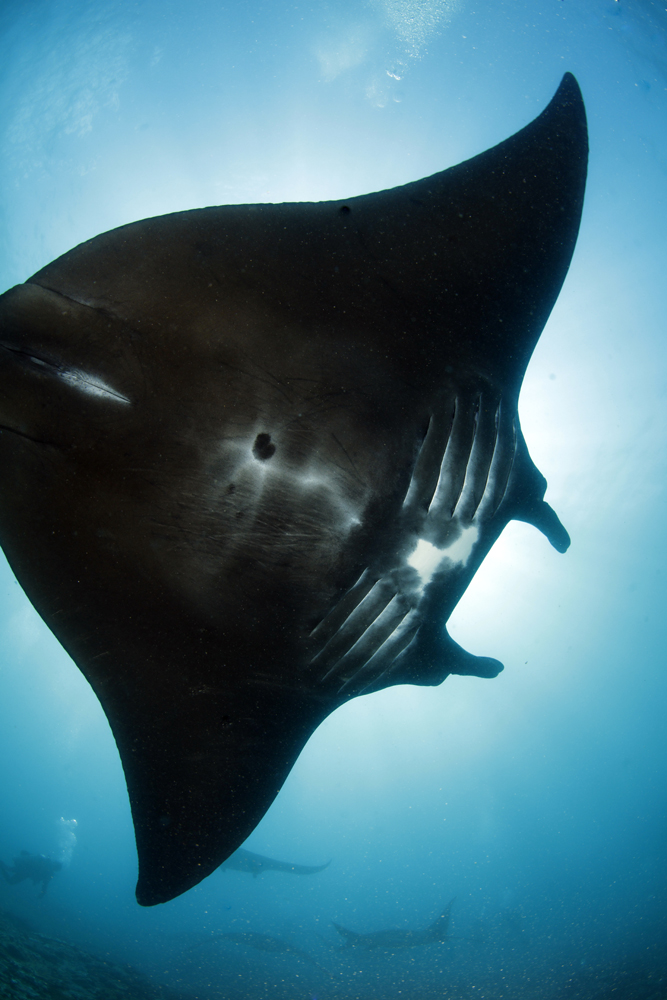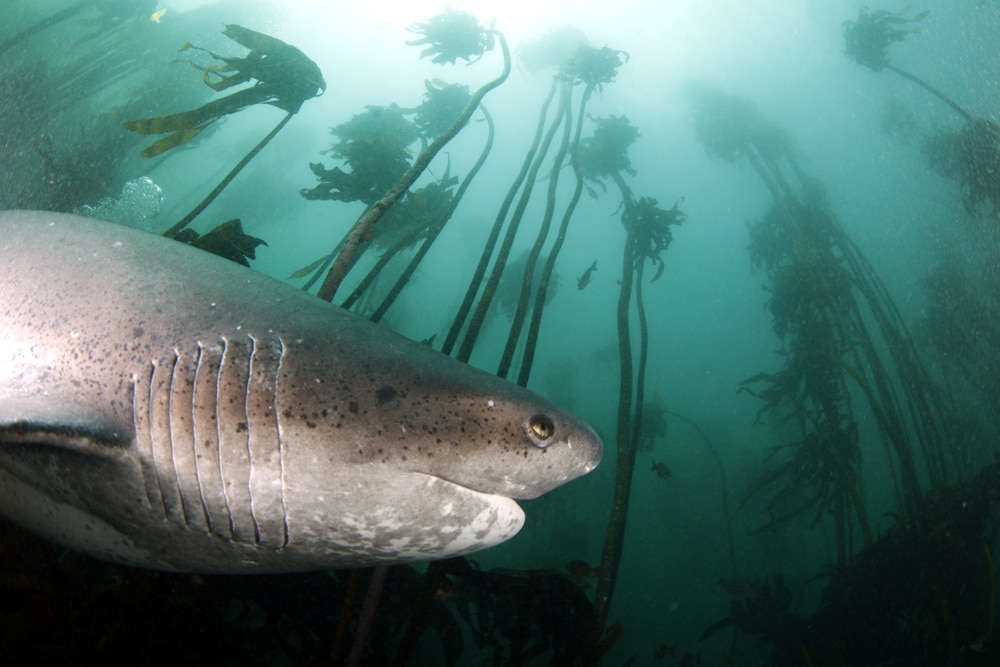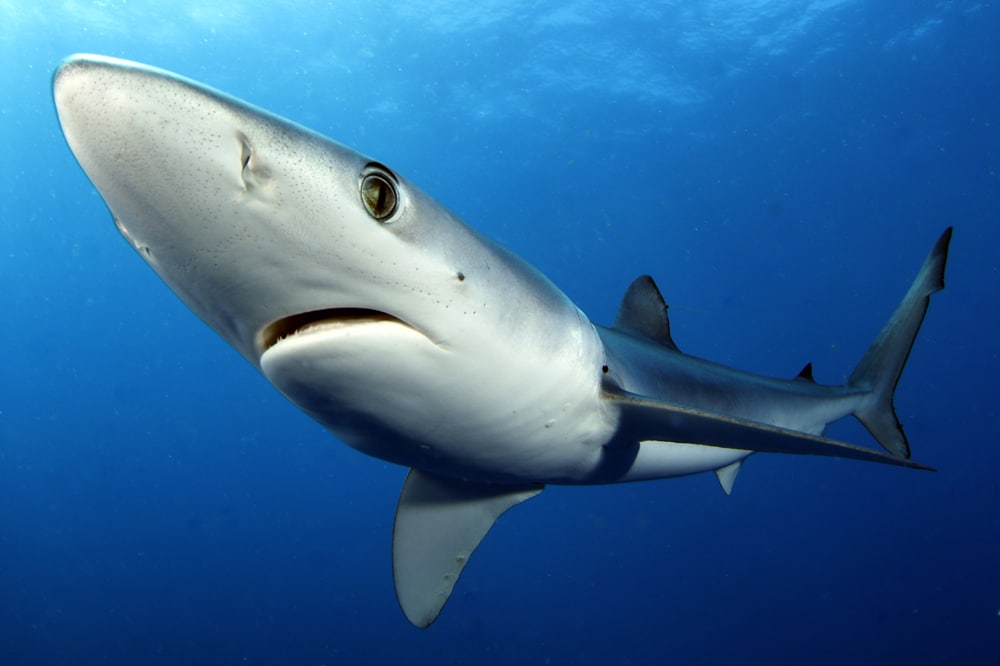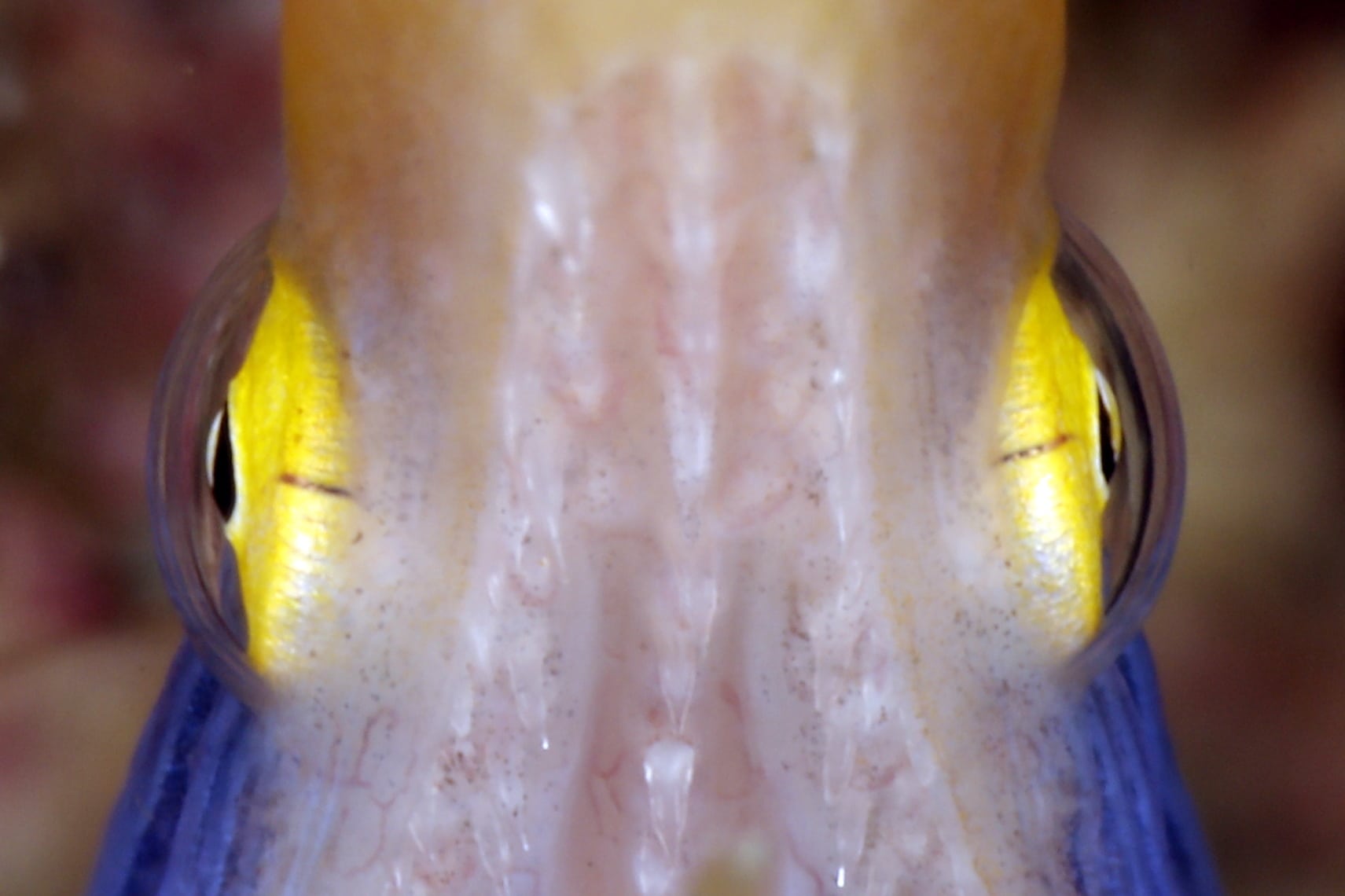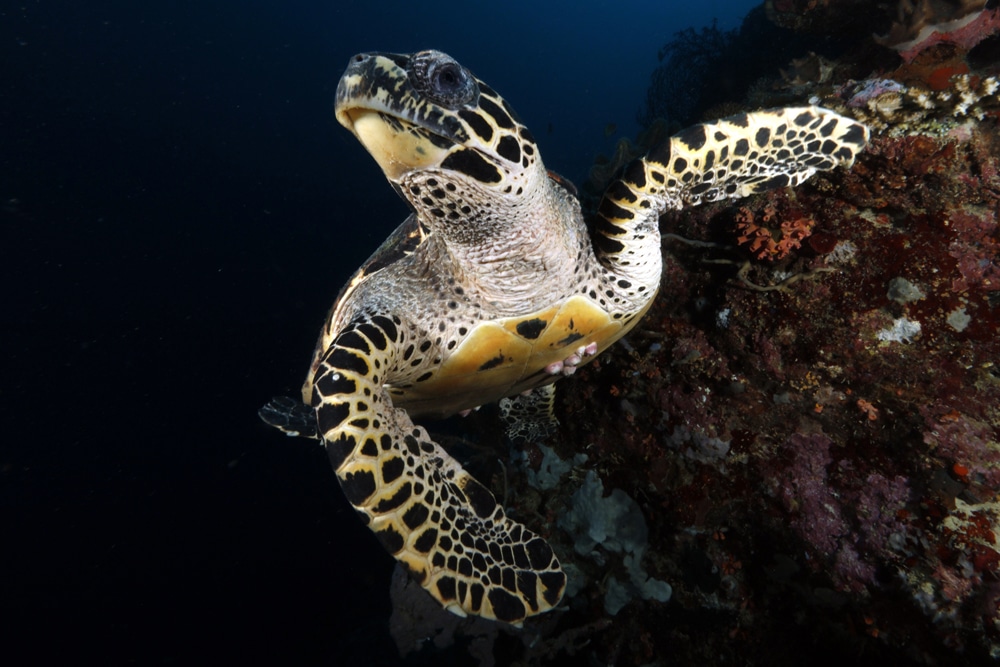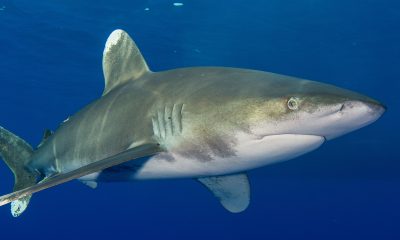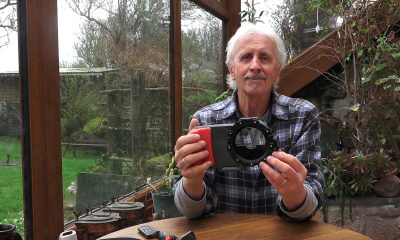News
Scubaverse Underwater Photographer Interview: Uwe Jacobs
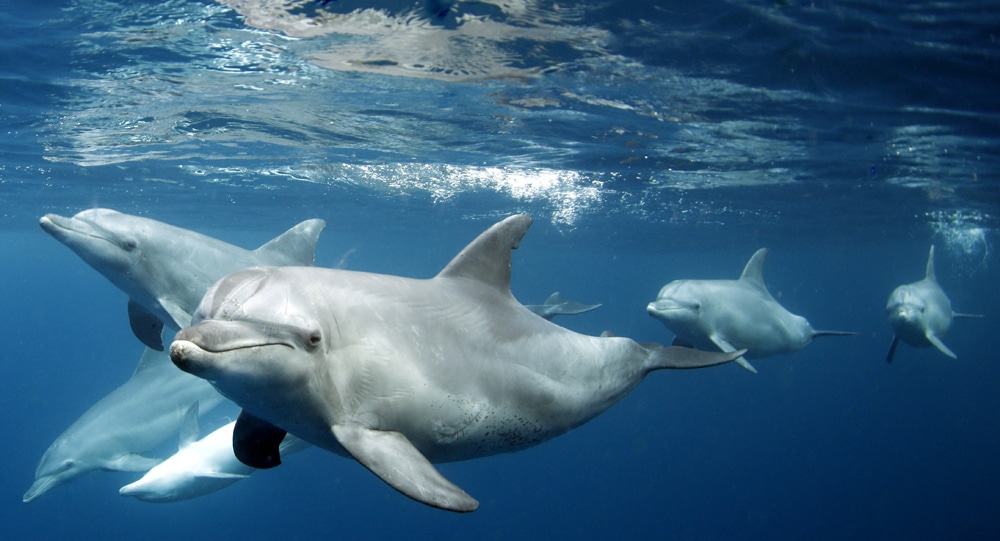
In an ongoing series, Scubaverse’s Underwater Photography Editor Nick Robertson-Brown talks to underwater photographers from around the world that he admires. In this blog: Uwe Jacobs
NRB: How did your underwater photography start?
UJ: My underwater photography started in 2005 with a simple Olympus compact digital camera. I got a lucky shot of a Spanish Dancer nudibranch on a night dive at the Lighthouse reef in Dahab, Egypt. This event started my passion for underwater photography.
NRB: What is your favourite u/w camera equipment (past & present) & why?
UJ: I started with some Olympus gear. First a compact camera and later a DSLR with one Olympus flashlight. But Olympus stopped providing servicing on their housings and I felt tired of travelling with heavy weighted equipment, so I changed to a Canon S100 in a Ikelite housing with two external flashlights, upgraded soon to a G16 and later to the Canon EOS 5DsR. Now I am ended up with 12kg u/w gear again. For macro I use still my 5DsR with a Canon 100mm macro lens, sometimes supplemented with a +10 SubSee diopter. I use an Ikelite housing and 2 Ikelite DS161 strobes, connected by a TTL cord. For wide angle photography I use my Canon 5D mark IV mostly with a Canon 11-24mm 1:4 with flashlights, or my Canon 24mm 1:1.4, on locations where flashlights are forbidden or where flashlight doesn’t make any sense.
I just bought an Olympus TG6 as a backup and supplement. A supplement to take u/w videos when I’m shark diving and in case I find some macro stuff on a wide-angle dive.
NRB: What would be your advice to anyone new to underwater photography?
UJ: Start with some simple equipment depending on what are your primary targets are. The Olympus TG6 is amazing for macro photography and for u/w videos. You can’t switch a TG6 to manual mode. Manual mode is a must if you really want to do exceptional u/w photography later on. Talk with experienced photographers and exchange images and discuss your results. We all have different styles and modes to do u/w photography. None is right or wrong. In the end you will find your style. One thing is important, everybody can learn new things and we all can improve our u/w photography. Trial and error is an excellent approach.
Don’t dive with a normal group of divers, they move too fast. Dive with other u/w photographers or a private guide. You need to spend time with your “targets”.
NRB: What, or who, has been the single biggest inspiration for your underwater photography?
UJ: I think it is my private dive guide in Bali, Aan Ardyansyah Hernanda. Aside from the fact that he is an excellent spotter, he is the master of the Olympus TG4 universe. With very simple gear, an old Olympus TG4, an Olympus housing and a torch he is doing underwater photography magic. I learned so much about spotting, light setting and perspectives from Aan.
NRB: What image are you most proud of and why?
UJ: A picture of the cow shark (seven gill shark) in the kelp forest at Miller’s Point, Simon’s Town, Western Cape, South Africa. It was a challenging dive, coldish water, lots of struggles to pass the kelp with my long strobe arms, 45 minutes with shy sharks, walking sharks and pyjama sharks, but no cow sharks. I had actually given up already. Suddenly this prehistoric shark swam half a meter above my head. This shark was so majestic and calm.
NRB: Where is your favourite dive location, and is it your favourite for the photography?
UJ: That is a difficult question, There are so many great dive spots in the world. And I am sure, there are many locations I haven’t discovered yet. Gili Selang, the most eastern point of Bali, is one of my favourite places to dive. This place can change from heaven and hell within in a minute, but it’s pristine and nearly untouched territory.
Malapascua in the Philippines is another favourite dive location because of the Thresher sharks and the best Italian restaurant in the Philippines, Angelina’s.
Simon’s Town in South Africa is on my top three list too because of the excellent shark diving possibilities.
NRB: What are you views on marine life manipulation, moving subjects?
UJ: That is a difficult, but necessary question. I had some discussions about it in some u/w Facebook forums. I am open to discuss my approach. I always ask my opponents if they ever have eaten shrimps, crabs or fish from the ocean. At that point many people stop asking questions.
One thing is sure, we can’t approach marine life without interference. In the moment you observe marine life, you are interacting with it. We are guests in the blue realm and should try to reduce our damages to a minimum. On every shore dive we are destroying marine life by entering and exit the waters we are diving in.
Our flashlights probably have an impact on some marine species. Some get attracted by it, some try to hide.
Some shark diving is possible without bating, some is impossible without bating. I’m okay to do baited shark dives, because that is the only way to show that Steven Spielberg, who gave sharks a monster/murder image, is totally wrong. That isn’t the true picture of sharks. Sharks are shy and gentle creatures. And I can prove it with my images. But baiting must be done in a proper way. Oslob in the Philippines is the most cruel example how it can be done wrong.
Putting a coin behind a baby frogfish to give the viewer a scale is totally okay for me. I’m sure this little frogfish will in its lifetime be attacked by far more dangerous predators than an u/w photographer with a coin and flash lights. Putting a 1mm nudibranch on a stick or a stone to take a picture or two of it and afterwards release it to its natural habitat, is okay for me too. But breaking corals or capturing marine life to move it in the right spot isn’t okay for me.
It’s about finding the right balance. There is black and white. As an u/w photographer we are acting in a narrow grey zone.
I have witnessed National Geographic photographers baiting tiger sharks with crushed turtles in a marine protected area in Aliwal Shoal, Kwa Zulu Natal, South Africa. Totally forbidden by South African laws. But with a lot of money and expensive government permits you can do it legally, but if it is ethically right, I don’t know.
All I want to say is, we need to minimize our impacts as scuba divers and u/w photographers without being rigid.
NRB: What do you look for when you are making your images?
UJ: It depends on the species I’m trying to capture pictures of. I like working with turtles. Belly shots are interesting because that is the perspective we as humans normally don’t have. It gives us the possibility to compose the blue surface and sun rays into the image.
Small stuff can look exceptional on an interesting background.
It’s possible to learn to interact with octopuses and cuttlefishes. Especially octopuses can be in a show off mood, when you are giving them the high ground.
I love working with sharks. It’s mostly about being calm. Very calm. It’s important to approach them so they can see you. I have been in South Africa on Aliwal Shoal, and the Sand Tiger sharks approached me one by one to get their images taken. No baiting involved. Again I like belly shoots.
I look to get comfortable with the species I’m taking images of. Try to understand its behaviour. Try to get the eyes sharp. Try to catch them when they are feeding, hunting, mating or doing other strange stuff. I never chase any marine life. I always try to make myself an invited guest.
NRB: What motivates you to take u/w photos?
UJ: The u/w universe is so undiscovered, there is so much more to explore. U/w photography has different physical laws than photography in atmospheric air. It is a challenge and it is honour to be a guest in the blue realm. I love showing locals the treasures along their coastlines. Most don’t know anything about the paradise that surrounds them. By showing them the beauty of their oceans I hopefully can motivate them to not pollute the sea and take good care of the resources they are given by nature.
But my main reason is to prove Steven Spielberg wrong. Showing ordinary people that they don’t have to fear sharks. Teaching them that sharks are the watchmen, the garbage men, the healthcare providers of the oceans. Without sharks the ecosystem in the oceans will collapse.
NRB: If you could photograph any one thing/place what or where would that be?
The Leopard Seals in Antarctica.
To see more of Uwe’s work follow him on Instagram: www.instagram.com/uwe_jacobs_marine_photography/
Blogs
EXCLUSIVE: Jeff Goodman interviews Mark Spiers, CEO of New Scuba Diving Training Agency NovoScuba

In a video recorded exclusively for Scubaverse.com, Jeff Goodman interviews Mark Spiers, CEO of new scuba diving training agency NovoScuba.
Find out more about NovoScuba at www.novoscuba.com.
News
Charting New Waters; NovoScuba Goes Global with the Launch of their Revolutionary Dive Training Agency!
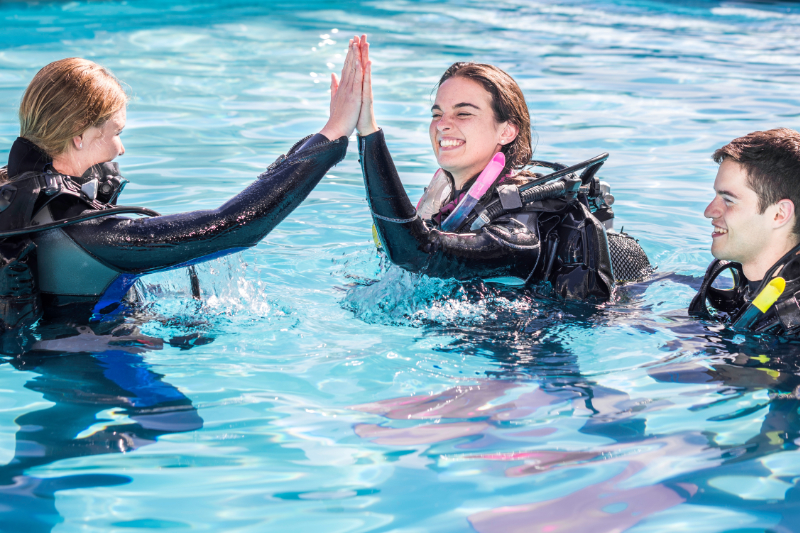
Discover a New Era of Dive Education: NovoScuba Brings Innovation to the Surface! Fully ISO Certified and Equipped with Cutting-Edge Technology.
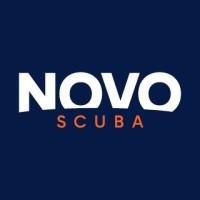 With a combined experience spanning over a century in the diving industry, a team of accomplished dive store owners, managers, and professionals unveils NovoScuba, a ground-breaking dive training agency poised to redefine the benchmarks of underwater education. Launching in May 2024, NovoScuba promises a revolutionary approach to dive training. Their vision is to make diving accessible to everyone, share success within the dive community and emphasise positive interactions with the planet.
With a combined experience spanning over a century in the diving industry, a team of accomplished dive store owners, managers, and professionals unveils NovoScuba, a ground-breaking dive training agency poised to redefine the benchmarks of underwater education. Launching in May 2024, NovoScuba promises a revolutionary approach to dive training. Their vision is to make diving accessible to everyone, share success within the dive community and emphasise positive interactions with the planet.
NovoScuba’s global debut marks a significant milestone in the dive industry. Driven by a vision to challenge convention and harness the power of technology, NovoScuba aims to revolutionise the dive training landscape through its innovative business model, which is digitally native, making it the most technologically advanced dive training agency to date.
“We recognised the need for change in the dive training industry and saw an opportunity to leverage technology, and redefine existing business models to create something truly innovative,” said Mark Spiers, CEO of NovoScuba.
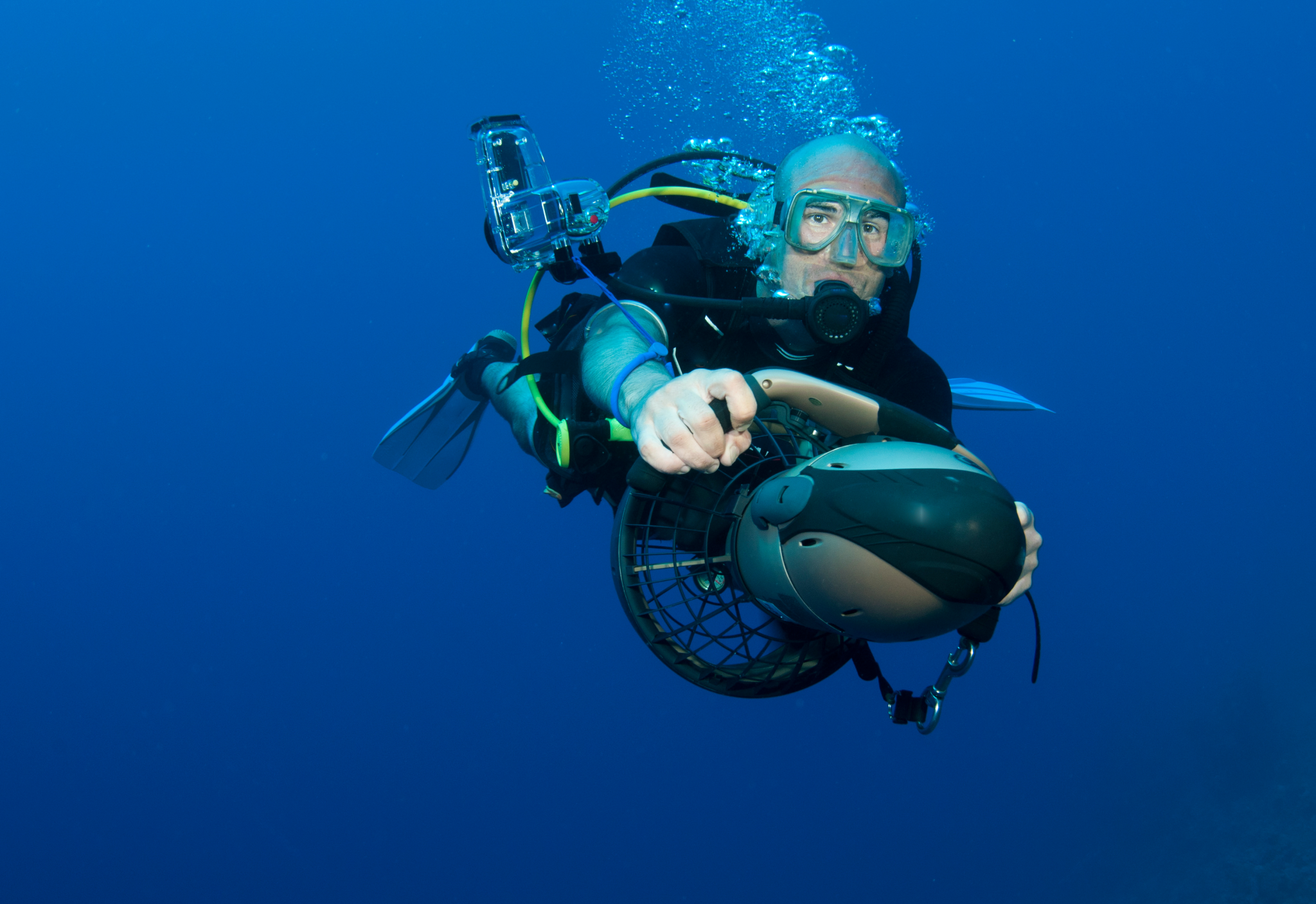
NovoScuba’s platform offers state of the art training programmes ranging from introductory up to professional diving, including various specialties. All programmes meet international standards and ISO certifications are in place. This commitment to shared success, accessibility and positive results for the planet, all at a cost effective and affordable level, is what will make NovoScuba stand out.
“Our deep understanding of traditional pain points for the industry, combined with our digitally native approach positions NovoScuba as a game-changer in dive education. Offering unparalleled initiatives such as student subscription, open access to all course materials, pay as you certify, no stock required, monthly membership payments, payment in local currencies, one-click certifications, and membership freezing, NovoScuba is set to redefine the industry. Available in 13 languages, at launch, the NovoScuba courses are written for the modern divers, with a focus on up-to-date content, interactive learning, and an engaging platform,” Mark Spiers concluded.
NovoScuba is challenging a change in the industry, redefining established traditional systems, and ushering in a new standard of excellence, support, and partnership. Their collaborations with dive stores, pros and underwater enthusiasts won’t demand exclusivity, prioritising earned loyalty, and an understanding that their Member’s success is key to their own.
NovoScuba
Diving Redefined.
-

 News3 months ago
News3 months agoCapturing Critters in Lembeh Underwater Photography Workshop 2024: Event Roundup
-

 Marine Life & Conservation Blogs3 months ago
Marine Life & Conservation Blogs3 months agoCreature Feature: Swell Sharks
-

 Blogs2 months ago
Blogs2 months agoMurex Resorts: Passport to Paradise!
-

 Blogs2 months ago
Blogs2 months agoDiver Discovering Whale Skeletons Beneath Ice Judged World’s Best Underwater Photograph
-

 Gear Reviews3 weeks ago
Gear Reviews3 weeks agoGEAR REVIEW – Revolutionising Diving Comfort: The Sharkskin T2 Chillproof Suit
-

 Gear Reviews3 months ago
Gear Reviews3 months agoGear Review: Oceanic+ Dive Housing for iPhone
-

 Marine Life & Conservation2 months ago
Marine Life & Conservation2 months agoSave the Manatee Club launches brand new webcams at Silver Springs State Park, Florida
-

 News2 months ago
News2 months agoPADI Teams Up with Wellness Brand Neuro to Drive Ocean Change and Create a Blue State of Mind


